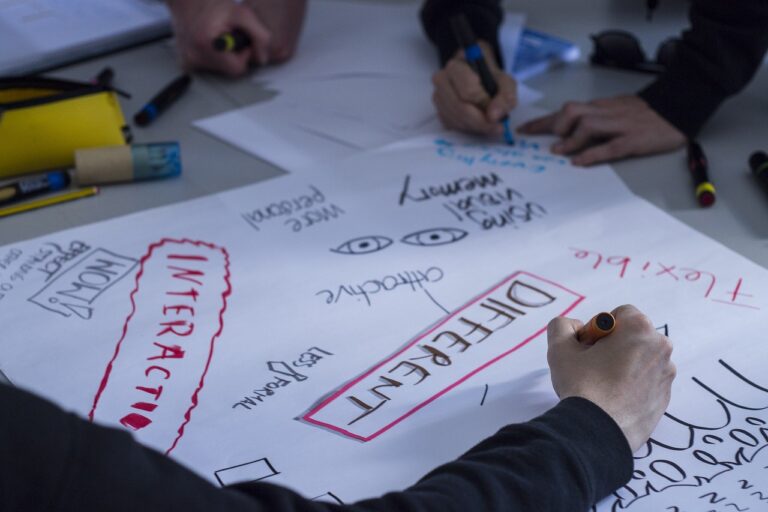Addressing Culturally Relevant Curriculum Implementation Challenges
Implementing a culturally relevant curriculum poses various challenges for educators in today’s diverse classrooms. One significant obstacle is the lack of resources to support teachers in effectively incorporating culturally diverse perspectives into their lessons. Without access to appropriate materials, educators may struggle to create an inclusive learning environment that resonates with all students.
Another challenge is the resistance to change among some educators who may be accustomed to traditional teaching methods. Implementing a culturally relevant curriculum requires a shift in perspective and a willingness to embrace new strategies that honor the cultural backgrounds of students. Some educators may find it challenging to break away from the status quo and step outside their comfort zone to incorporate diverse perspectives into their teaching practices.
Understanding the Cultural Background of Students
Understanding the cultural background of students is essential for creating an inclusive and supportive learning environment. Each student brings a unique set of values, beliefs, and traditions that influence their perspectives and experiences in the classroom. By acknowledging and respecting these differences, educators can better connect with their students and tailor instruction to meet their needs.
Cultural background can impact students’ learning styles, communication preferences, and responses to various teaching methods. By recognizing these nuances, educators can adjust their approaches to effectively engage all students in the learning process. Through embracing diversity and cultural awareness, teachers can foster a sense of belonging and empowerment among their students, leading to greater academic success and personal growth.
Why is it important to understand the cultural background of students?
Understanding the cultural background of students helps educators create a more inclusive and welcoming learning environment. It also allows for the implementation of culturally relevant curriculum that resonates with students’ experiences.
What are some challenges in implementing culturally relevant curriculum?
Some challenges in implementing culturally relevant curriculum include lack of resources, teacher training, and resistance to change. It can also be challenging to incorporate diverse perspectives and experiences into the curriculum.
How can educators learn about the cultural background of their students?
Educators can learn about the cultural background of their students by engaging with the community, conducting cultural audits, and providing opportunities for students to share their experiences. Building relationships with students and their families is also important.
How can educators incorporate students’ cultural background into their teaching?
Educators can incorporate students’ cultural background into their teaching by using diverse materials and resources, incorporating culturally relevant examples and perspectives, and creating a welcoming and inclusive classroom environment. It is also important to be open to learning from students and their experiences.
What are the benefits of understanding the cultural background of students?
Understanding the cultural background of students can lead to improved academic performance, increased engagement and participation, and a greater sense of belonging and connection for students. It also helps to promote diversity and inclusivity in the classroom.





